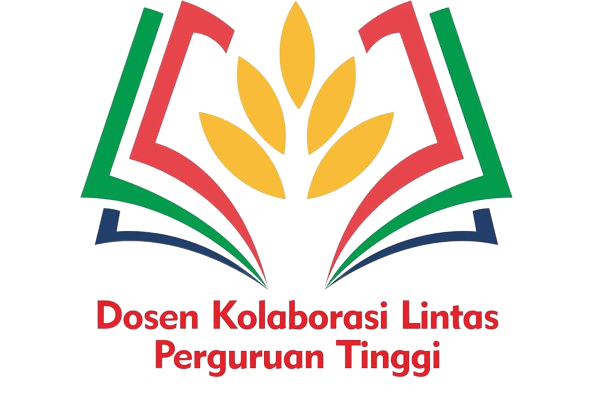COVER JOURNAL
 MAIN MENU
MAIN MENU
TOOLS
ISSN BARCODE
VISITORS
MATRIX JOURNAL
IN COORPORATION WITH




18 authors from Indonesia, Canada, Serbia, and Malaysia contributed to this issue, presenting a rich collection of research that examines sustainable tourism practices, heritage reconstruction, and innovative destination development strategies across diverse contexts. The first article, Sustainable Mangrove Ecotourism Management Model: A Case Study of Berau Regency, East Kalimantan by Tamam Rosid and Ma’rifah Yuliani, develops a framework for managing mangrove ecotourism in Berau, emphasizing ecological preservation, community involvement, and sustainable governance to ensure long-term benefits for both the environment and local stakeholders. The second article, Frequency of Religious Tourist Visits Based on Education Level and Occupation (Case Study at the Tomb of Sheikh Maulana Syamsuddin, Pemalang) by Endro Tri Susdarwono, investigates how socio-demographic factors influence patterns of religious tourism, highlighting the relationship between visitors’ education, occupation, and their engagement in faith-based travel practices. The third article, Rajamangsa Mantyasih: Reconstruction of Royal Cultural Heritage as an Attraction of Gunungsari Tourist Village by Arya Budi Priambodo, Nafrida Imliyatul Faizah, Bernardi S. Dangin, and Cristina Hoyos Perez, explores how royal cultural legacies are reconstructed into tourist attractions. This study underscores the significance of cultural revival, heritage interpretation, and global-local collaboration in transforming historical assets into sustainable village-based tourism experiences. The fourth article, Exploring Visitor Preferences and Market Potential of a Water-Based Glamping Destination: A Case Study of Danau Paisupok, Banggai Kepulauan by Evio Tanti Nanita, Rian Abid Nugroho, and Mhd Try Imran Yasin, examines the growing market appeal of nature-based luxury camping. The research identifies visitor preferences, market segmentation, and potential development strategies to position Danau Paisupok as a competitive eco-luxury destination. The fifth article, Sustainable Tourism Development through Local Wisdom in Pentingsari, Yogyakarta by Emir Faisal Husen, Tasya Komara Sari, and Husen Hutagalung, focuses on the integration of indigenous knowledge and local wisdom into tourism governance. The authors argue that cultural values and community traditions are crucial in shaping resilient tourism models that balance economic growth with cultural preservation. The final article, Minawisata as Integrated Fisheries-Based Tourism: Development Potential in Kampung Madong–Sei Nyirih, Indonesia by Winata Wira, Muzahar Muzahar, Falmi Yandri, Oksep Adhayanto, and Bismar Arianto, introduces the concept of “Minawisata” as a fisheries-based tourism model. The study highlights how integrating aquaculture, local livelihoods, and tourism development can diversify rural economies while promoting sustainable practices in coastal communities.
Indonesian Tourism Journal This work is licensed under
a Creative Commons Attribution-ShareAlike 4.0 International License![]()
Published by:
CV. Austronesia Akademika, Tanjungpinang City. Kepulauan Riau Province. Indonesia
Email: [email protected] | Website: austronesiaakademika.com
